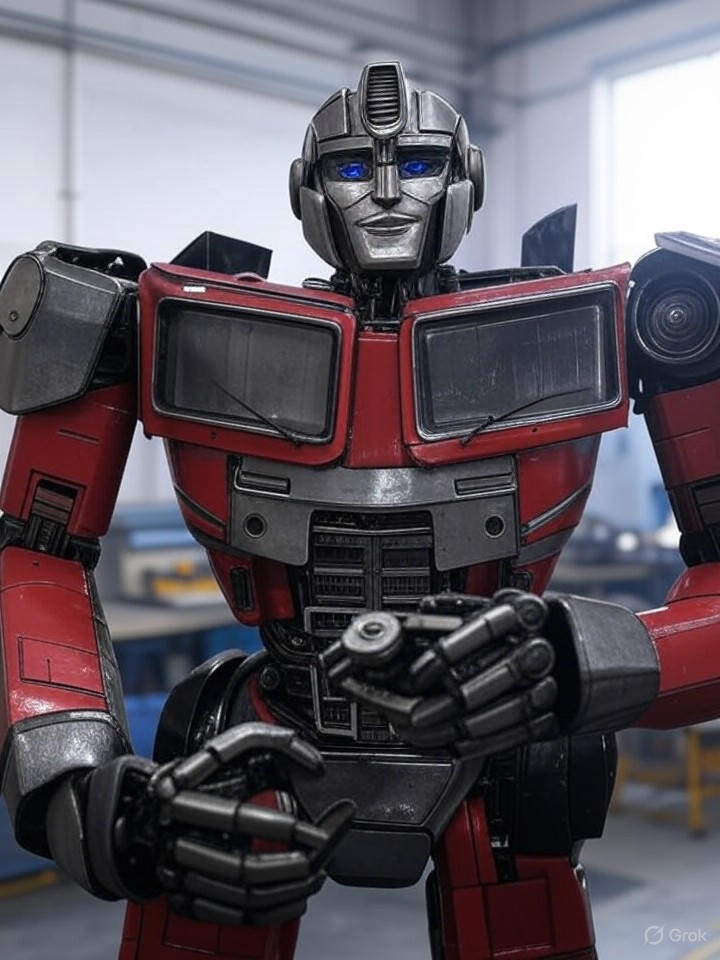A Pivotal Shift in Robot Training
Tesla Inc. has undergone a significant transformation in how it trains its Optimus humanoid robot, moving away from traditional motion-capture suits and virtual reality headsets toward a vision-only approach reliant on cameras and vast datasets of visual information. This change, implemented in late June, aims to accelerate the development of the robot by leveraging techniques similar to those used in Tesla’s self-driving car technology. Insiders familiar with the matter indicate that the company now films employees performing everyday tasks, such as folding shirts or sorting objects, to generate training data for Optimus’s AI systems.
This pivot reflects Elon Musk’s broader vision for scalable AI, where robots learn from video inputs rather than direct human teleoperation. By adopting this method, Tesla hopes to overcome the limitations of motion-capture suits, which were cumbersome and time-intensive, requiring specialized operators paid up to $48 per hour. The new strategy promises faster iteration and broader applicability, potentially allowing Optimus to perform complex tasks in real-world environments without constant human oversight.
Challenges and Technical Hurdles
However, the transition is not without its obstacles. Experts note that training robots solely through vision data presents unique challenges, including the need for precise mapping of human movements to robotic hardware. Unlike motion-capture systems that directly translate joint movements, video-based learning requires advanced algorithms to infer actions from two-dimensional footage, which can introduce errors in depth perception and fine motor control.
According to a report from Business Insider, Tesla’s Optimus team has been experimenting with this vision-only playbook, drawing parallels to the company’s Autopilot and Full Self-Driving features that rely on camera feeds and neural networks trained on billions of miles of driving data. This approach could enable Optimus to learn from diverse scenarios, but it demands enormous computational resources and high-quality video datasets to achieve human-like dexterity.
Musk’s Ambitious Timeline
Elon Musk has repeatedly touted Optimus as a game-changer for manufacturing and beyond, with plans to deploy the robots in Tesla factories by the end of 2025 and offer them for external sale in 2026. Posts on X, formerly Twitter, from users tracking Tesla’s progress highlight Musk’s optimism, including hints at scaling production to thousands of units monthly at a target price of $20,000 each. Yet, skeptics point to past delays in Tesla’s robotics initiatives, questioning whether the vision-only shift will deliver on these promises amid ongoing technical refinements.
The strategy also aligns with industry trends toward end-to-end AI learning, where systems process raw sensory data directly. As detailed in a piece from WebProNews, this method could transform robot training by making it more scalable, though it risks setbacks if the AI struggles with tasks requiring tactile feedback, which cameras alone cannot fully capture.
Implications for Manufacturing and AI
For industry insiders, this development underscores Tesla’s bet on integrating its AI expertise across product lines, potentially positioning Optimus as a versatile workforce multiplier. Factories could see humanoid robots handling repetitive or hazardous jobs, reducing labor costs and boosting efficiency. However, ethical concerns arise, including job displacement and the need for robust safety protocols in human-robot interactions.
Analysts from BizToc suggest that while the shift mirrors Tesla’s successful playbook in autonomous vehicles, applying it to humanoid robotics involves uncharted territory. Success here could validate Musk’s vision of a future where robots outnumber humans, but failure might expose vulnerabilities in over-relying on vision-based AI without complementary sensors. As Tesla pushes forward, the coming months will reveal whether this bold pivot propels Optimus toward widespread adoption or necessitates further adjustments.




 WebProNews is an iEntry Publication
WebProNews is an iEntry Publication